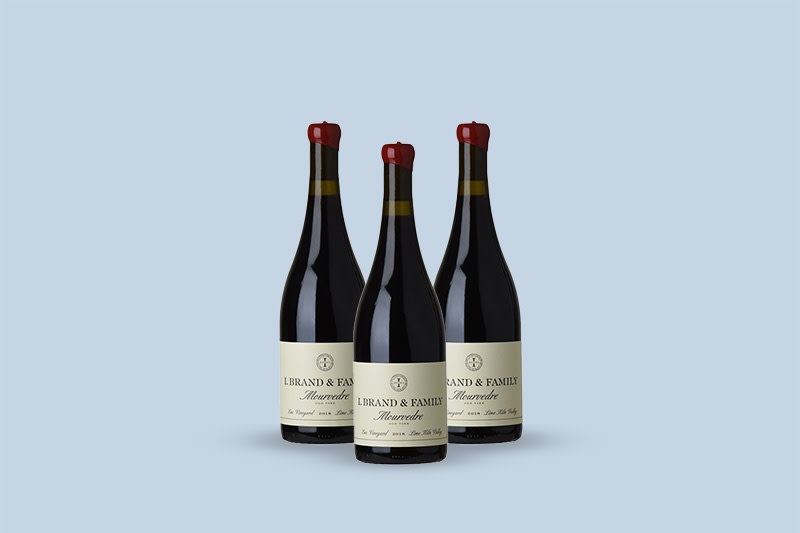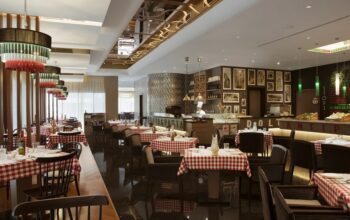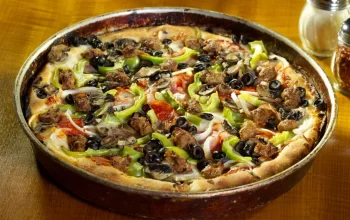The creation of wine is a complex process that intertwines nature’s bounty with human artistry and science, culminating in the magic we experience with every sip. While many enthusiasts savor the end product, the journey from vine to bottle—a dance between the grapevine and the winemaker—is a story of passion, precision, and patience. This blog post delves into the intricate life cycle of wine, highlighting aspects of winemaking that go beyond the commonly discussed stages, offering a deeper appreciation for the art and science behind every bottle.
The awakening: bud break and flowering
The overlooked beginning: the journey begins in early spring when warmer temperatures awaken the dormant vines, leading to bud break. This period is crucial, as the delicate new shoots are vulnerable to frost damage, which can significantly impact the year’s yield.
The unseen challenge: following bud break, flowering occurs, where the vines self-pollinate to produce grape berries. This stage is highly susceptible to weather conditions; rain and strong winds can disrupt pollination, reducing the number of berries that set, a phenomenon rarely discussed but pivotal to the vineyard’s productivity.
The growth: berry development and veraison
The underdiscussed transformation: after flowering, the tiny berries begin their growth phase, initially hard and green, packed with acids. Veraison marks a turning point in the life cycle, as grapes soften and change color. This phase is not just about aesthetics; it’s a critical period where the balance of acids to sugars (key to determining the wine’s flavor profile) starts to shift.
Innovative insight: some winemakers employ precision agriculture techniques during this period, using drones and sensors to monitor vine health and grape development at a micro-level. This technology enables targeted interventions, ensuring optimal grape quality, an aspect of modern viticulture that’s reshaping traditional practices.
The harvest: decision time
The moment of truth: the decision of when to harvest is both a science and an art, influenced by the grape’s sugar levels, acidity, and desired wine style. This critical decision impacts the wine’s balance, alcohol content, and flavor profile. It’s a time-sensitive choice, with winemakers often relying on experience and intuition as much as on technological data.
The unseen labor: harvesting, whether done by hand for premium wines or mechanically for larger operations, is labor-intensive and time-constrained, often requiring round-the-clock work to ensure grapes are picked at their peak. The community aspect of the harvest, involving workers, family, and sometimes volunteers, is a vibrant yet rarely showcased facet of winemaking.
Fermentation: the transformation
The magic of microbes: fermentation is where grape juice transforms into wine, a process well-known but filled with intricacies seldom discussed. The choice of yeast—wild or cultured—can profoundly affect the wine’s character. Temperature control during fermentation is critical; too warm, and the wine may lose its delicate aromas; too cool, and the fermentation could stop prematurely.
Innovative insight: beyond traditional fermentation vessels like stainless steel tanks and oak barrels, some winemakers are experimenting with concrete eggs, amphoras, and even underwater aging, seeking to impart unique textures and flavors to their wines.
Aging and bottling: the final stages
The patience of aging: the aging process, whether in oak barrels, stainless steel, or bottles, significantly influences the wine’s complexity and taste. The interaction between wine and oxygen, along with the vessel’s material, shapes the wine’s final character.
The unseen details: before bottling, wines may undergo fining and filtration to clarify and stabilize them—a step that can spark debate among purists who prefer unfiltered wines for their perceived authenticity and fuller taste.
Conclusion
The journey from vine to bottle is a testament to the dedication and craftsmanship of winemakers, a year-long cycle of growth, decision-making, and meticulous care that culminates in the wine we cherish. Behind every bottle lies a story of nature’s generosity, human ingenuity, and the relentless pursuit of quality—a narrative that deepens our appreciation for the art of winemaking and the timeless allure of wine.





